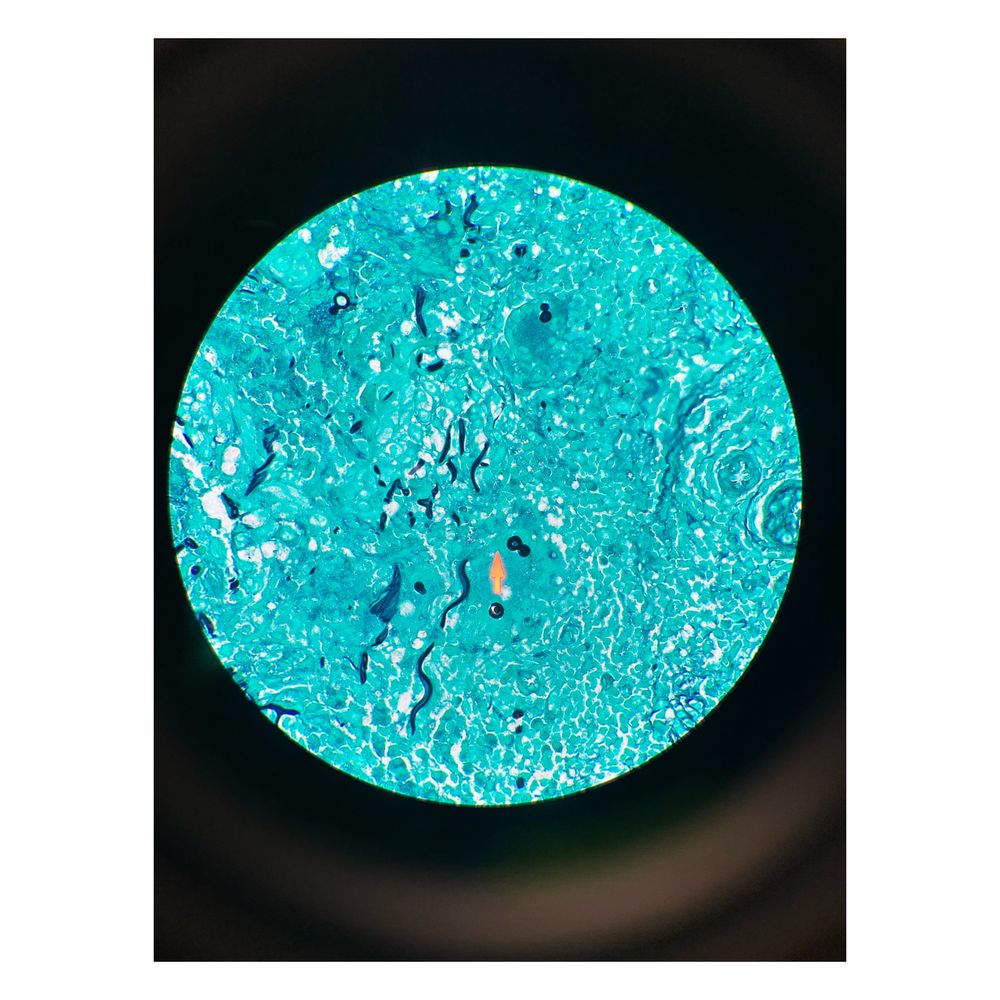Blastomycosis
Blastomycosis: Understanding the Fungal Infection and Important Tips for Residents of the Great Lakes Area
What is Blastomycosis?
Blastomycosis is a fungal infection caused by the inhalation of spores from the fungus Blastomyces dermatitidis, which is commonly found in moist soil and decaying organic matter. The Great Lakes region, including areas surrounding lakes Superior, Michigan, Huron, Erie, and Ontario, has been identified as an endemic area for blastomycosis.
Symptoms and Risk Factors
Blastomycosis can affect various organs, with the lungs being the primary site of infection. Common symptoms include persistent cough, chest pain, fever, fatigue, night sweats, and difficulty breathing. Skin lesions also develop in some cases. Certain factors increase the risk of infection, including outdoor activities involving soil or decaying wood, proximity to water bodies, and exposure to wooded areas.
Important Tips for Residents of the Great Lakes Area:
- Awareness and Education: Stay informed about blastomycosis, its symptoms, and risk factors. Knowledge is essential for early detection and timely medical intervention.
- Protective Measures: When engaging in outdoor activities that involve soil or decaying organic matter, such as gardening or hiking, take appropriate protective measures. Wear gloves, long-sleeved shirts, long pants, and closed-toe shoes to minimize direct contact with potentially contaminated material.
- Avoiding High-Risk Areas: Be cautious when visiting areas with high fungal activity, such as wooded regions near bodies of water or areas with decaying wood. Minimize exposure by choosing alternative locations or paths.
- Hygiene Practices: After outdoor activities, thoroughly wash your hands and exposed skin with soap and water. This helps remove any potential fungal spores that may be present.
- Pets and Blastomycosis: Be aware that dogs can also contract blastomycosis. If you have a dog, avoid letting them roam freely in high-risk areas, and consult a veterinarian if you suspect any symptoms in your pet.
- Early Detection and Medical Care: If you experience persistent respiratory symptoms, skin lesions, or suspect blastomycosis, promptly seek medical attention. Inform your healthcare provider about your potential exposure to blastomycosis to ensure an accurate diagnosis and appropriate treatment.
Conclusion
Blastomycosis is a fungal infection prevalent in the Great Lakes area, primarily affecting the lungs and occasionally the skin. By understanding the symptoms, risk factors and following the important tips mentioned above, residents of the Great Lakes area can minimize their risk of infection. Stay informed, take necessary precautions, and prioritize your health and well-being. If you have any concerns or suspect blastomycosis, consult a healthcare professional for proper evaluation and care.

